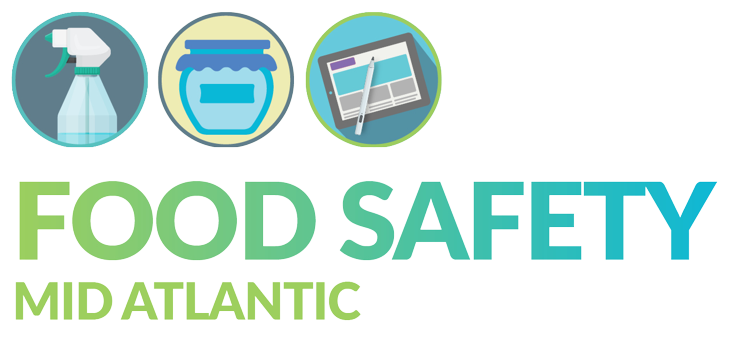The third CDC foodborne illness risk factor is Contaminated Utensils and Equipment. This is the use of dirty utensils and equipment which spreads bacteria and may also cause allergens to be somewhere unexpected. I want to discuss these and also look at storage.
Bacterial Cross contamination

Bacteria are spread through cross contamination when bacteria spread from a high risk food such as raw meat to food that is normally low risk and eaten without heating, such as fresh vegetables and fruit. Storing all ingredients and food to prevent cross contamination is equally important. The classic example of cross contamination is using cutting boards or knives for raw meat and then reusing them ready-to-eat vegetables and fruit. Hopefully we all know is wrong wrong, wrong.
Restaurants face challenges with cross contamination as they cook many different meals. Thus, it is very important that restaurant kitchens have different utensils for fresh produce and one for raw meat, and it is very important to clean and sanitize them all after every task.
Food manufacturers have good sanitation programs to avoid cross contamination and meat processors probably have raw meat and ready-to-eat meat processing rooms, with strict protocols to stop employees from entering each facility without changing and/or washing down first.
At home we avoid cross contamination by keeping different food types separate. Fight Bac recommends that we have different chopping boards for fresh produce and for raw meat, poultry and seafood.
Allergens
Dirty utensils and equipment may also led to allergens being spread. For allergens this is called cross contact. It is important to make sure food that doesn’t contain allergens is kept away from equipment and utensils and food that does contain allergens.
Food manufacturers avoid cross contact through zoning. Zoning can be either areas of a facility that are allergen free or it can be timing, so food with allergens is prepared after food without allergens or food with allergens is prepared one day a week. A good sanitation program is used to clean after processing allergens to remove them from the equipment and utensils.
At home if we suffer from a food allergen or intolerance, the best way to avoid getting sick is not to bring the food or ingredient into our homes. Otherwise you will want to put in place protocols so that every family member knows what to do 1) when and after using the allergen 2) if the family member with allergens has an extreme reaction, such anaphylaxis shock, they know how to respond and who to call.
Restaurants, unless offering allergen free food, should be careful and their staff should be trained in recognizing an anaphylaxis reaction so they can quickly respond when necessary.
Storage
Ingredients and food produce must be stored to avoid both cross contact and cross contamination. It is important to have a receiving and storage plan as part of your Good Manufacturing Practices. This plan will tell you and your co-workers exactly what you do when you receive ingredients containing allergens and where they should be stored. Similarly such a plan would include how to store raw meat, poultry and seafood to avoid cross contamination.
Are you coping with contaminated equipment or utensils and want to be better prepared? Book a call and we can chat about your Good Manufacturing Practises and what must be done to protect your staff and your customers.

